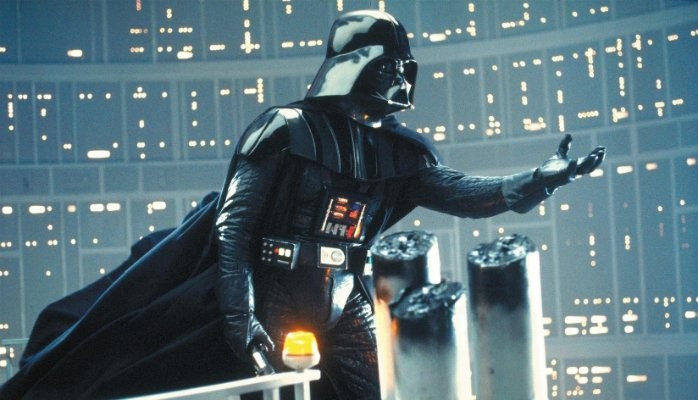The newest trailer for “The Acolyte” has dropped, offering fans a first glimpse at the series’ enigmatic new Sith Lord, adorned in a foreboding black mask. This striking visual harks back to a longstanding tradition within the Star Wars universe, where many Dark Lords of the Sith are depicted wearing masks or helmets. The reasons behind this go beyond mere aesthetics, reaching back to the franchise’s roots in the original 1977 Star Wars film.
In the latest trailer for “The Acolyte,” viewers witness several Jedi Knights of the High Republic Era confronting a solitary Sith Lord. While the identity of this formidable figure remains shrouded in mystery, their menacing mask serves as a potent visual cue, aligning them with the iconic aesthetic associated with the Sith. Here are some key insights into why Sith Lords often don masks in the Star Wars canon.
Setting the Standard: Darth Vader’s Visual Legacy
Darth Vader undoubtedly played a pivotal role in shaping the visual identity of Sith Lords in the Star Wars saga. Introduced as the first Dark Lord of the Sith in 1977’s “A New Hope,” Vader immediately captivated audiences with his imposing black armor and distinctive helmet. With its skull-like visage and life-supporting respirator, Vader’s mask became emblematic of the Sith’s dark allure, setting a standard that subsequent Sith Lords would follow.
Throughout the Star Wars franchise, characters like Darth Revan and Darth Malgus drew inspiration from Vader’s iconic look. Whether it’s Revan’s Mandalorian helmet in “Knights of the Old Republic” or Malgus’ respirator in “The Old Republic,” these designs pay homage to Vader’s enduring legacy, both in-universe and in the minds of fans.
Harnessing the Power of the Dark Side
In the rich lore of the Star Wars canon, Sith masks serve a deeper purpose beyond mere adornment. These masks can act as conduits for the dark side of the Force, amplifying a Sith’s connection to its malevolent energies. Take Kylo Ren, for example, who draws strength from the remains of Vader’s mask, enhancing his own connection to the dark side. Even Vader’s armor, forged from obsidian, possesses properties that bolster his mastery of the Force.
In works like Chuck Wendig’s “Aftermath” trilogy, Sith artifacts, including masks, are depicted as imbued with potent dark side energies. These artifacts can transform their wielders, heightening their power and altering their very essence. Adam Christopher’s “Shadows of the Sith” explores this theme further, showcasing a Sith mask that grants its wearer unprecedented abilities.
Bound by Darkness: The Fate of Sith Spirits
Unlike the Jedi, Sith cannot transition into Force ghosts upon death. Instead, their spirits may linger within objects or locations, perpetuating their malevolent influence. Darth Bane haunts his tomb, while the Grand Inquisitor’s spirit is ensnared within a Jedi outpost by Vader himself. Notably, the spirit of Darth Momin resides within his helmet, enabling him to possess those who don it.
In essence, Sith masks serve as vessels for the dark spirits of their wearers, embodying their enduring legacy long after death. As “The Acolyte” introduces a new Sith Lord donning a fearsome mask, it continues this rich tradition within the Star Wars universe, offering fans a tantalizing glimpse into the dark mysteries that lie ahead.
FAQ
Are Sith masks based on real-world inspirations?
While Sith masks draw from various cultural and mythological influences, their designs are primarily rooted in the visual aesthetic established by Darth Vader.
Can Sith masks be wielded by non-Force users?
While Sith masks are imbued with dark side energies, their power is most effectively harnessed by those attuned to the Force, particularly practitioners of the dark side.
Do all Sith wear masks in Star Wars lore?
While many prominent Sith Lords are depicted wearing masks or helmets, not all Sith adhere to this practice. However, masks often symbolize a Sith’s commitment to the dark side and their desire to conceal their true identity.
How do Sith masks compare to Jedi attire?
Sith masks serve as outward manifestations of a Sith’s connection to the dark side, whereas Jedi attire reflects their adherence to the Jedi Code and principles of the Light Side of the Force.
Are there variations in Sith mask designs across different eras of Star Wars history?
Yes, Sith mask designs can vary significantly depending on the era and individual preferences of the wearer. Some draw inspiration from ancient Sith traditions, while others incorporate modern technological enhancements.
